Home>Technology>Home Entertainment Systems>Where To Put Acoustic Panels In A Home Theater
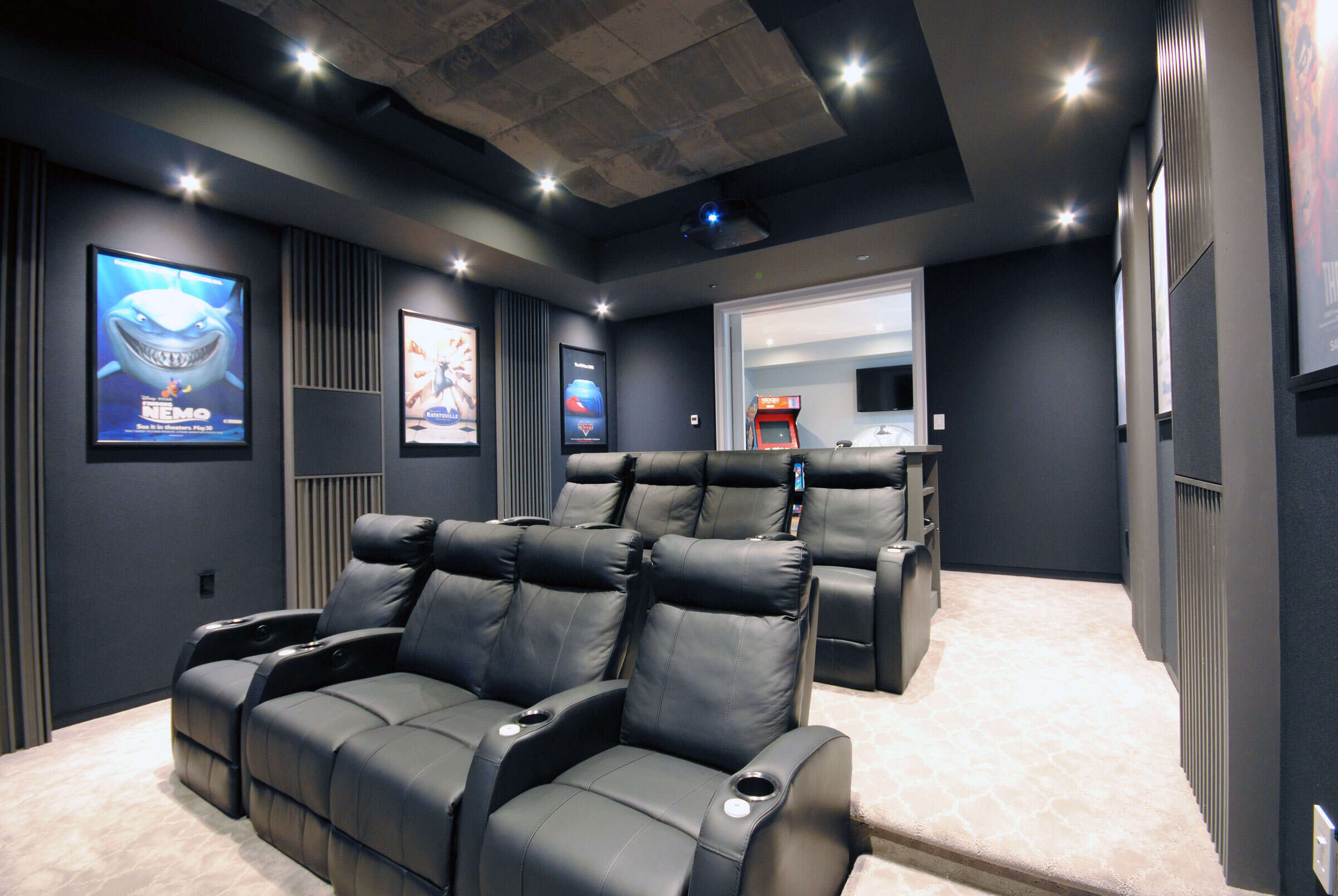

Home Entertainment Systems
Where To Put Acoustic Panels In A Home Theater
Published: February 26, 2024
Discover the best placements for acoustic panels in your home theater to optimize sound quality and create an immersive home entertainment experience. Learn how to enhance your home entertainment system with strategic acoustic panel placement.
(Many of the links in this article redirect to a specific reviewed product. Your purchase of these products through affiliate links helps to generate commission for Storables.com, at no extra cost. Learn more)
Introduction
Creating the perfect home theater experience involves more than just investing in high-quality audiovisual equipment. It also requires careful attention to the acoustics of the room. Sound quality can be significantly impacted by the way sound waves interact with the surfaces in the room. This is where acoustic panels come into play. These panels are designed to absorb sound reflections, reduce echo, and minimize reverberation, ultimately enhancing the overall audio experience.
In this comprehensive guide, we will delve into the art of optimizing your home theater's acoustics through the strategic placement of acoustic panels. Whether you're a seasoned audiophile or a newcomer to the world of home entertainment systems, understanding the principles behind acoustic panel placement can elevate your viewing and listening experience to new heights. Let's embark on a journey to uncover the secrets of achieving exceptional sound quality in your home theater.
Key Takeaways:
- Elevate your home theater experience by strategically placing acoustic panels on the front, side, rear walls, and ceiling. Manage sound reflections, enhance spatial imaging, and create a balanced, immersive audio environment for a captivating cinematic experience.
- Understanding the principles of acoustic panel placement empowers you to optimize your home theater’s acoustics. Experiment with panel configurations to tailor the sound environment, enhancing dialogue clarity and delivering a truly immersive cinematic experience.
Understanding Acoustic Panels
Acoustic panels, also known as sound-absorbing panels, are designed to improve the acoustics of a room by reducing sound reflections, echo, and reverberation. These panels are constructed using specialized materials that effectively absorb sound waves, preventing them from bouncing off hard surfaces and causing acoustic issues within the room.
The core component of acoustic panels is the sound-absorbing material, which is often made of dense, porous substances such as fiberglass, foam, or mineral wool. These materials are chosen for their ability to trap and dissipate sound energy, thereby minimizing unwanted sound reflections. The panels are then encased in fabric, which not only provides a sleek aesthetic but also allows sound to pass through and be absorbed by the underlying material.
Acoustic panels are available in various shapes, sizes, and thicknesses to cater to different acoustic needs. Some panels are designed to target specific frequency ranges, while others offer broad-spectrum sound absorption. Additionally, there are customizable options that allow for personalized designs and patterns, seamlessly integrating the panels into the room's decor.
When strategically placed, acoustic panels can effectively mitigate acoustic issues, resulting in clearer audio, improved speech intelligibility, and a more immersive sound experience. By reducing unwanted sound reflections and reverberations, these panels contribute to a balanced and natural sound environment, enhancing the overall quality of music, dialogue, and special effects in a home theater setting.
Understanding the role of acoustic panels in managing sound within a room is crucial for optimizing the listening experience in a home theater. With the right placement and configuration, these panels can transform a standard viewing space into a acoustically refined environment, allowing you to fully appreciate the nuances of sound reproduction and enjoy a truly immersive cinematic experience.
Placement Considerations
Strategic placement of acoustic panels is essential for achieving optimal sound quality within a home theater. When considering the placement of these panels, several factors come into play, including the room's dimensions, the location of audio equipment, and the desired acoustic goals. By carefully evaluating these considerations, you can effectively address acoustic issues and create an immersive audio environment that complements the visual experience.
Room Dimensions
The size and shape of the room significantly influence the placement of acoustic panels. Larger rooms with high ceilings may require more extensive coverage to manage sound reflections and reverberations effectively. Conversely, smaller rooms may benefit from targeted placement to address specific acoustic hotspots. Understanding the acoustic characteristics of the room is crucial for determining the quantity and placement of acoustic panels needed to achieve balanced sound distribution.
Audio Equipment Location
The positioning of speakers, subwoofers, and other audio equipment directly impacts the interaction of sound waves with the room's surfaces. Placing acoustic panels near speakers can help mitigate early reflections, ensuring that the primary sound reaches the listener without interference from reflected waves. Additionally, addressing the areas around subwoofers with bass traps and low-frequency absorption panels can enhance bass clarity and minimize room resonances, contributing to a more accurate and impactful low-end response.
Read more: What Are Acoustic Panels
Desired Acoustic Goals
Identifying specific acoustic goals is fundamental in determining the placement of acoustic panels. Whether the aim is to create a more balanced frequency response, improve dialogue clarity, or enhance the overall sense of spaciousness, tailoring the placement of acoustic panels to address these objectives is essential. For instance, focusing on the primary reflection points on the side walls and ceiling can help create a more focused soundstage, while addressing the rear wall can minimize flutter echoes and enhance the envelopment of surround sound.
Flexibility and Experimentation
While there are general guidelines for acoustic panel placement, flexibility and experimentation play a crucial role in fine-tuning the acoustic environment. Adjusting the positioning of panels and observing their impact on sound quality allows for a customized approach to addressing specific acoustic challenges within the room. By experimenting with different panel configurations and placements, you can refine the acoustics to suit your preferences and the unique characteristics of your home theater space.
In summary, the placement of acoustic panels in a home theater requires a thoughtful and systematic approach. By considering the room's dimensions, the location of audio equipment, and the desired acoustic goals, you can strategically position the panels to effectively manage sound reflections, reduce reverberations, and create an immersive listening environment. Flexibility and experimentation further enable you to fine-tune the acoustics, ultimately enhancing the overall audio experience in your home theater.
Front Wall
The front wall of a home theater plays a pivotal role in shaping the acoustic characteristics of the listening environment. It is the primary surface that interacts with the sound emanating from the speakers, making it a critical area for the strategic placement of acoustic panels. By addressing the front wall with precision, you can significantly enhance the clarity, focus, and impact of the audio reproduction within the room.
Strategically positioning acoustic panels on the front wall serves multiple purposes. Firstly, it helps manage early sound reflections that can interfere with the direct sound from the speakers, thereby improving the overall clarity and intelligibility of dialogue and music. Additionally, it contributes to creating a well-defined soundstage, where the spatial positioning of instruments and vocals is accurately portrayed, heightening the immersive nature of the audio experience.
When considering the placement of acoustic panels on the front wall, it is essential to focus on the primary reflection points. These are the locations where sound waves initially bounce off the wall after being emitted from the speakers. By targeting these reflection points with acoustic panels, you can effectively attenuate the reflected sound energy, preventing it from muddying the direct sound and causing sonic smearing.
One effective approach is to position absorption panels at the first reflection points for the left, center, and right speakers. These panels should be placed at ear level to directly intercept the early reflections, minimizing their impact on the listening experience. Additionally, bass traps can be strategically placed in the front corners of the room to address low-frequency buildup and modal issues, further optimizing the acoustic performance of the front wall.
Moreover, the front wall serves as an ideal location for diffusive panels, which scatter sound waves to create a sense of spaciousness and envelopment. By incorporating diffusers alongside absorption panels, you can strike a balance between controlling reflections and maintaining a natural sense of acoustic ambience, enhancing the overall depth and dimensionality of the sound field.
In essence, the strategic placement of acoustic panels on the front wall of a home theater is instrumental in shaping the sonic characteristics of the listening environment. By addressing early reflections, optimizing spatial imaging, and balancing absorption with diffusion, you can elevate the audio experience to new heights, creating a captivating and immersive sonic landscape that complements the visual splendor of your home theater.
Side Walls
The side walls of a home theater play a crucial role in the distribution and interaction of sound within the listening environment. When strategically addressing the side walls with acoustic panels, it is essential to consider their impact on sound reflections, spatial imaging, and overall tonal balance. By carefully optimizing the placement of acoustic panels on the side walls, you can effectively manage reflections and enhance the immersive nature of the audio experience.
One of the primary objectives when addressing the side walls with acoustic panels is to mitigate early reflections. These reflections occur when sound waves from the speakers bounce off the side walls and reach the listener's ears shortly after the direct sound, potentially causing sonic coloration and reducing the clarity of the audio. By strategically placing absorption panels at the primary reflection points on the side walls, you can attenuate these early reflections, ensuring that the primary sound from the speakers reaches the listener without interference.
The placement of acoustic panels on the side walls should also take into account the room's dimensions and seating arrangement. In larger rooms, a greater coverage of absorption panels may be necessary to effectively manage sound reflections and reverberations. Additionally, considering the listener's position and the angle of incidence for the reflections is crucial for precise panel placement, as it directly impacts the perceived sound quality and spatial imaging within the listening area.
In addition to addressing early reflections, the side walls provide an opportunity to enhance the sense of spaciousness and envelopment in the audio reproduction. By incorporating diffusive panels alongside absorption panels, you can create a balanced acoustic environment that preserves the natural ambience of the sound while controlling excessive reflections. This combination of absorption and diffusion contributes to a more immersive and three-dimensional sonic experience, elevating the overall realism and depth of the audio presentation.
Furthermore, the placement of bass traps on the side walls can effectively address low-frequency issues and modal resonances, contributing to a more balanced and accurate bass response. By strategically positioning bass traps in the corners and along the sidewalls, you can minimize bass buildup and modal unevenness, resulting in a tighter and more articulate low-end reproduction.
In summary, the strategic placement of acoustic panels on the side walls of a home theater is essential for managing reflections, optimizing spatial imaging, and creating a balanced acoustic environment. By addressing early reflections, incorporating diffusion for spatial enhancement, and targeting low-frequency issues with bass traps, you can transform the sonic characteristics of the room, elevating the overall audio experience to new heights of clarity, immersion, and realism.
Read more: Where To Place Acoustic Panels In A Room
Rear Wall
The rear wall of a home theater serves as a critical component in shaping the overall acoustic environment and spatial characteristics of the listening space. When strategically addressing the rear wall with acoustic panels, it is essential to consider their impact on sound reflections, envelopment, and the overall sense of sonic immersion. By carefully optimizing the placement of acoustic panels on the rear wall, you can effectively manage reflections and enhance the spatial realism of the audio experience.
One of the primary objectives when addressing the rear wall with acoustic panels is to minimize the occurrence of flutter echoes and manage late reflections. Flutter echoes, caused by sound waves bouncing back and forth between parallel surfaces, can introduce sonic artifacts and disrupt the natural decay of sound within the room. By strategically placing absorption panels on the rear wall, particularly at the reflection points, you can effectively attenuate these late reflections, creating a more controlled and natural sonic environment.
In addition to addressing reflections, the rear wall provides an opportunity to enhance the sense of envelopment and spaciousness in the audio reproduction. By incorporating diffusive panels alongside absorption panels, you can create a balanced acoustic environment that preserves the natural ambience of the sound while controlling excessive reflections. This combination of absorption and diffusion contributes to a more immersive and three-dimensional sonic experience, elevating the overall realism and depth of the audio presentation.
Furthermore, the rear wall serves as an ideal location for addressing low-frequency issues and modal resonances. By strategically positioning bass traps and low-frequency absorption panels on the rear wall, you can effectively mitigate bass buildup and modal unevenness, resulting in a tighter and more accurate low-end reproduction. This targeted approach to managing low-frequency issues contributes to a more balanced and impactful bass response, enhancing the overall sonic fidelity of the home theater.
In summary, the strategic placement of acoustic panels on the rear wall of a home theater is essential for managing reflections, optimizing envelopment, and creating a balanced acoustic environment. By addressing late reflections, incorporating diffusion for spatial enhancement, and targeting low-frequency issues with bass traps, you can transform the sonic characteristics of the room, elevating the overall audio experience to new heights of clarity, immersion, and realism.
Place acoustic panels on the side walls, behind the main speakers, and on the ceiling to absorb sound reflections and improve the overall sound quality in your home theater.
Ceiling
The ceiling of a home theater plays a significant role in shaping the acoustics of the listening environment. When strategically addressing the ceiling with acoustic panels, it is essential to consider their impact on sound reflections, spatial imaging, and overall tonal balance. By carefully optimizing the placement of acoustic panels on the ceiling, you can effectively manage reflections and enhance the immersive nature of the audio experience.
One of the primary objectives when addressing the ceiling with acoustic panels is to mitigate sound reflections and reverberations. Sound waves can interact with the ceiling surface, leading to unwanted reflections that can degrade the clarity and intelligibility of the audio. By strategically placing absorption panels on the ceiling, particularly at the primary reflection points, you can attenuate these reflections, ensuring that the primary sound from the speakers reaches the listener without interference.
The placement of acoustic panels on the ceiling should also take into account the room's dimensions and seating arrangement. In larger rooms with higher ceilings, a greater coverage of absorption panels may be necessary to effectively manage sound reflections and reverberations. Additionally, considering the listener's position and the angle of incidence for the reflections is crucial for precise panel placement, as it directly impacts the perceived sound quality and spatial imaging within the listening area.
In addition to addressing reflections, the ceiling provides an opportunity to enhance the sense of spaciousness and envelopment in the audio reproduction. By incorporating diffusive panels alongside absorption panels, you can create a balanced acoustic environment that preserves the natural ambience of the sound while controlling excessive reflections. This combination of absorption and diffusion contributes to a more immersive and three-dimensional sonic experience, elevating the overall realism and depth of the audio presentation.
Furthermore, the placement of bass traps on the ceiling can effectively address low-frequency issues and modal resonances, contributing to a more balanced and accurate bass response. By strategically positioning bass traps in areas prone to low-frequency buildup, you can minimize modal unevenness, resulting in a tighter and more articulate low-end reproduction.
In summary, the strategic placement of acoustic panels on the ceiling of a home theater is essential for managing reflections, optimizing spatial imaging, and creating a balanced acoustic environment. By addressing sound reflections, incorporating diffusion for spatial enhancement, and targeting low-frequency issues with bass traps, you can transform the sonic characteristics of the room, elevating the overall audio experience to new heights of clarity, immersion, and realism.
Conclusion
In conclusion, the strategic placement of acoustic panels within a home theater environment is a fundamental aspect of achieving exceptional sound quality and creating an immersive audio experience. By understanding the principles behind acoustic panel placement and considering the unique characteristics of the room, audio equipment, and desired acoustic goals, homeowners can effectively optimize the acoustics of their home theaters.
The front wall, side walls, rear wall, and ceiling each play a crucial role in shaping the sonic characteristics of the listening environment. Addressing these surfaces with precision allows for the management of sound reflections, early and late reflections, and the enhancement of spatial imaging and envelopment. Through the strategic placement of absorption panels, diffusive panels, and bass traps, homeowners can effectively mitigate acoustic issues such as flutter echoes, modal resonances, and excessive reverberations, resulting in a balanced and natural sound environment.
Furthermore, the flexibility and experimentation involved in the placement of acoustic panels allow for a customized approach to addressing specific acoustic challenges within the room. By fine-tuning the placement and configuration of panels, homeowners can tailor the acoustics to suit their preferences and the unique characteristics of their home theater space.
Ultimately, the integration of acoustic panels into a home theater environment contributes to a more immersive and captivating audio experience, complementing the visual splendor of the cinematic presentation. The careful consideration of room dimensions, audio equipment location, and desired acoustic objectives empowers homeowners to create a listening environment that faithfully reproduces the nuances of sound, enhances dialogue clarity, and delivers a truly immersive cinematic experience.
In essence, the art of acoustic panel placement is a harmonious blend of science and creativity, where the strategic positioning of panels transforms a standard viewing space into an acoustically refined environment. By embracing the principles outlined in this guide and applying them to their home theaters, enthusiasts can unlock the full potential of their audiovisual systems, immersing themselves in the captivating world of cinematic sound with unparalleled clarity, depth, and realism.
Frequently Asked Questions about Where To Put Acoustic Panels In A Home Theater
Was this page helpful?
At Storables.com, we guarantee accurate and reliable information. Our content, validated by Expert Board Contributors, is crafted following stringent Editorial Policies. We're committed to providing you with well-researched, expert-backed insights for all your informational needs.
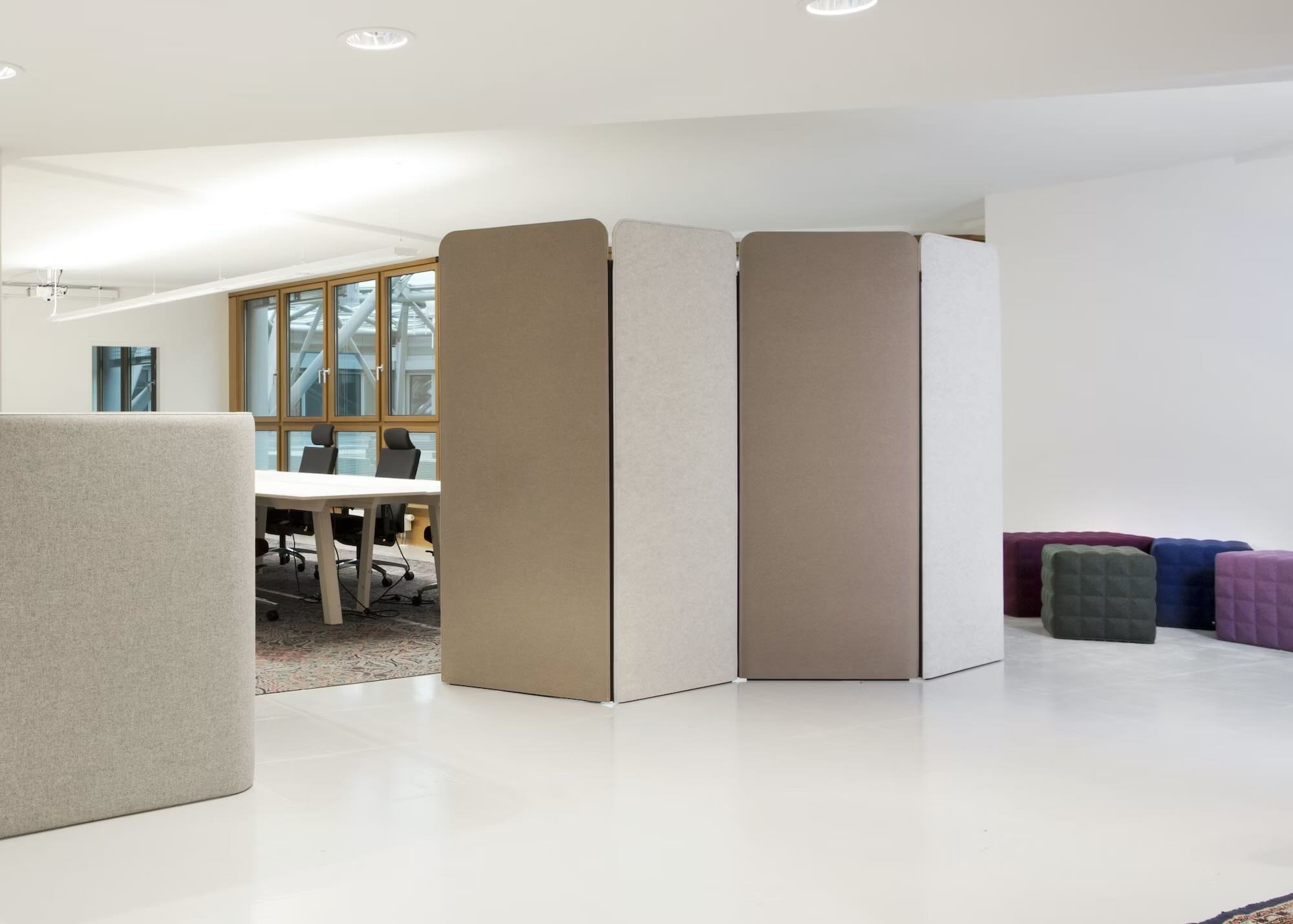
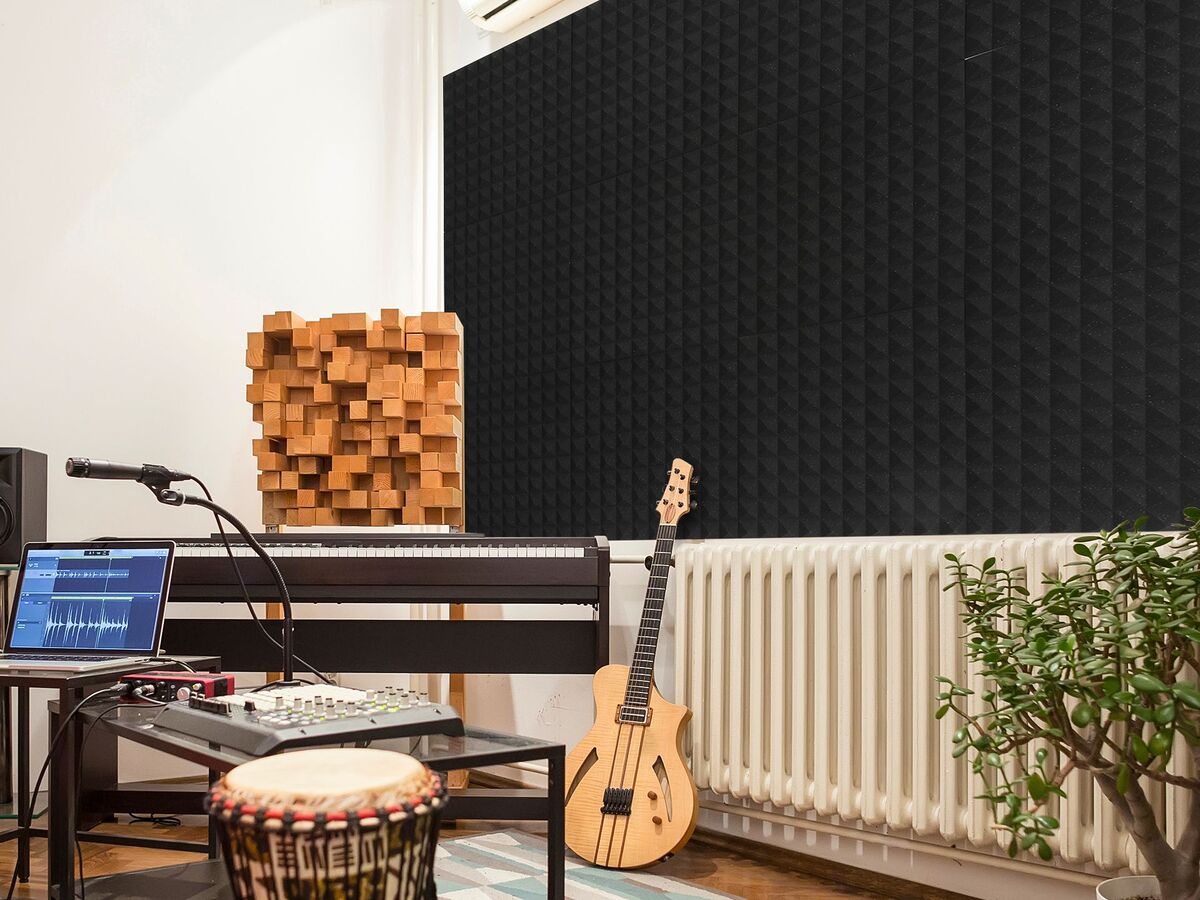
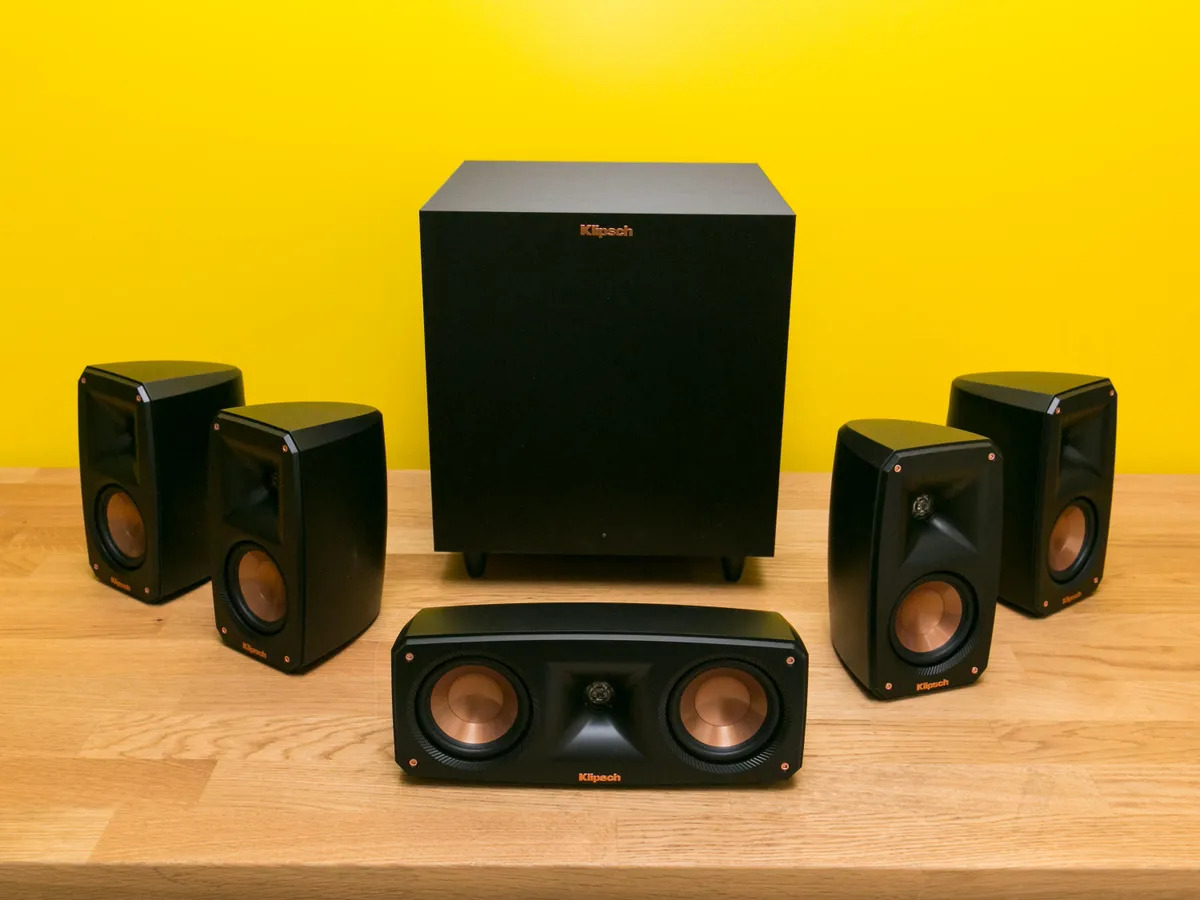
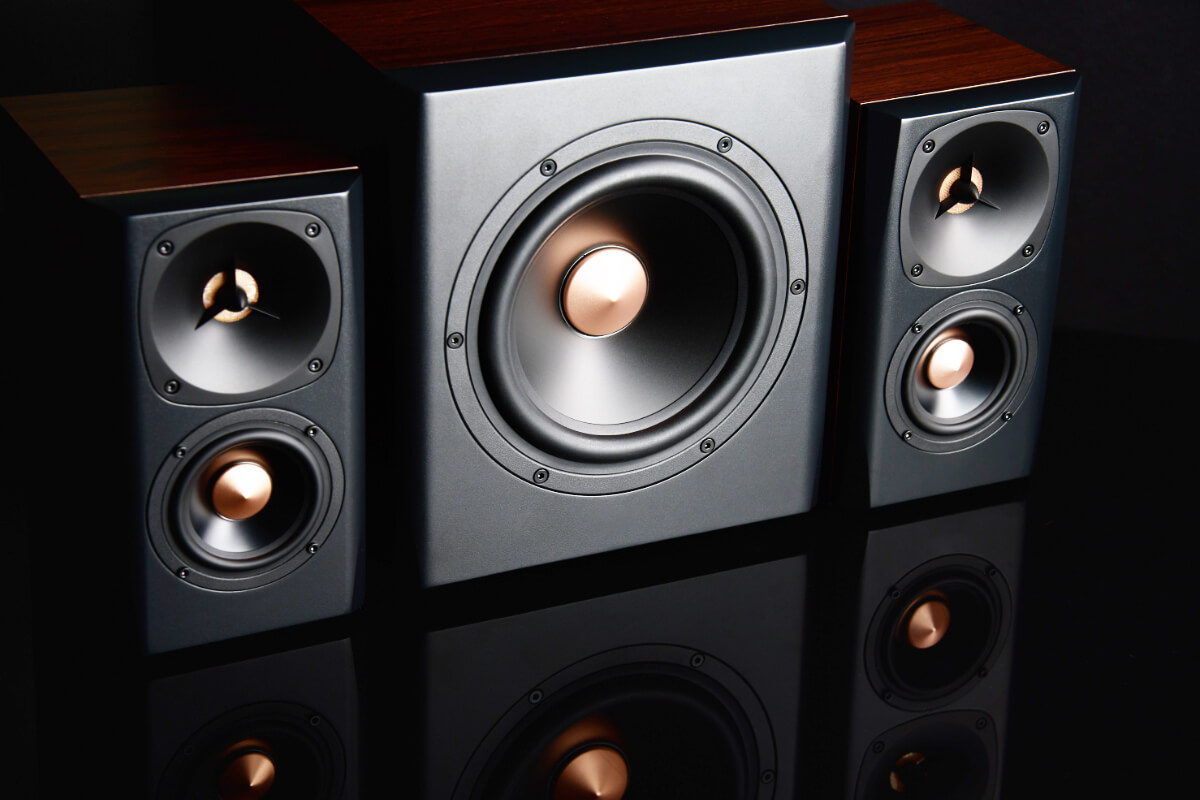

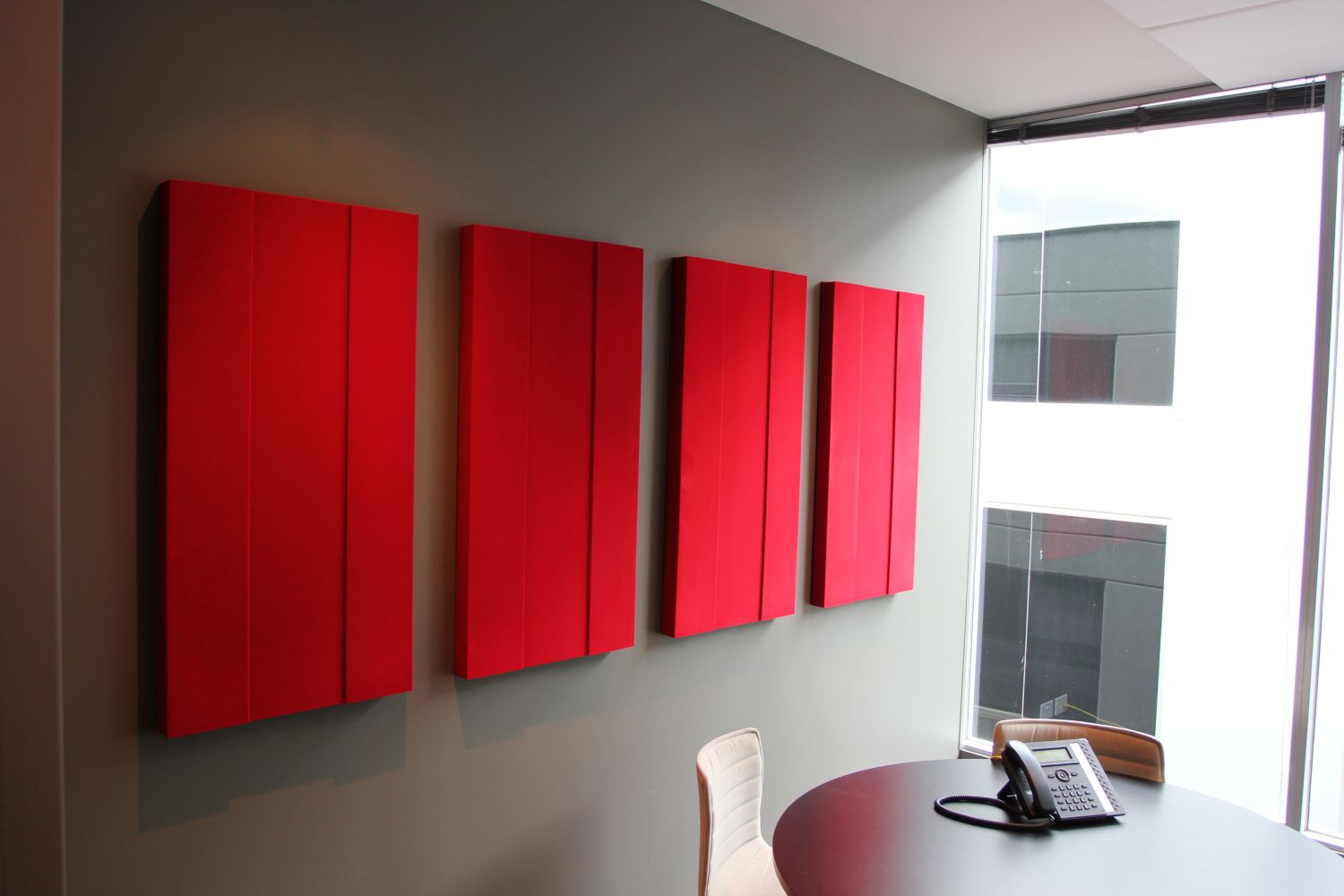
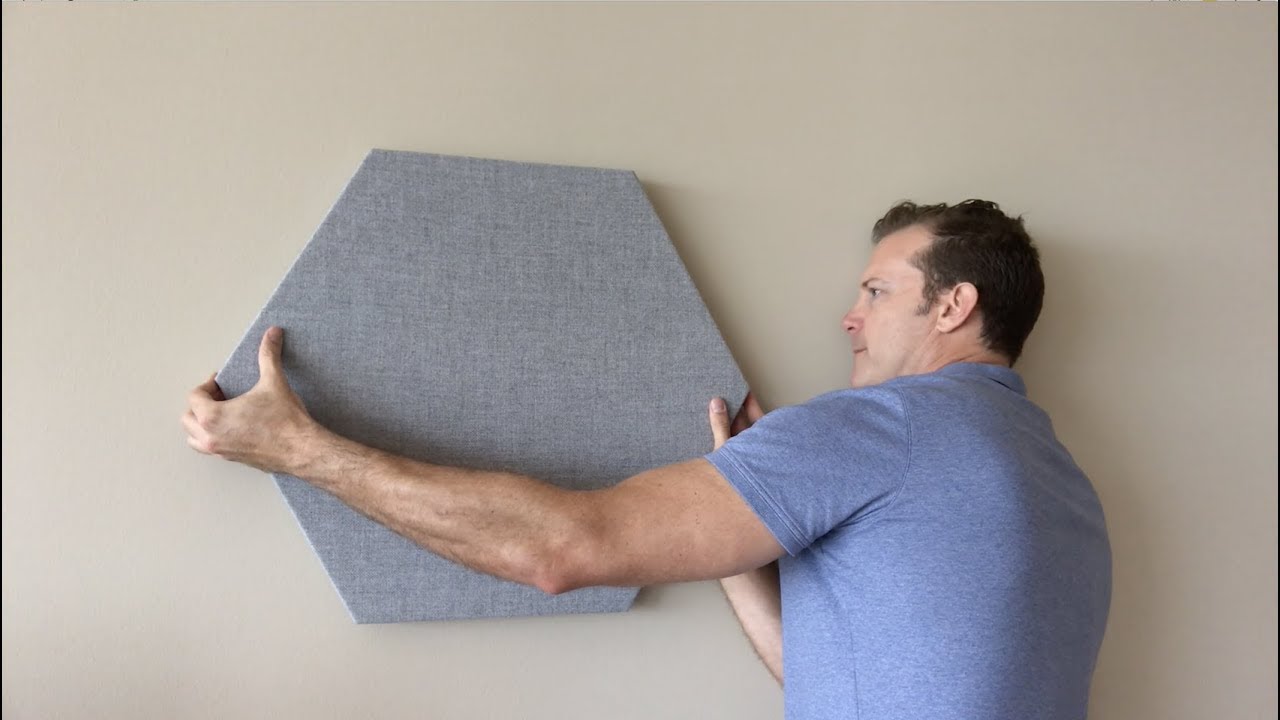

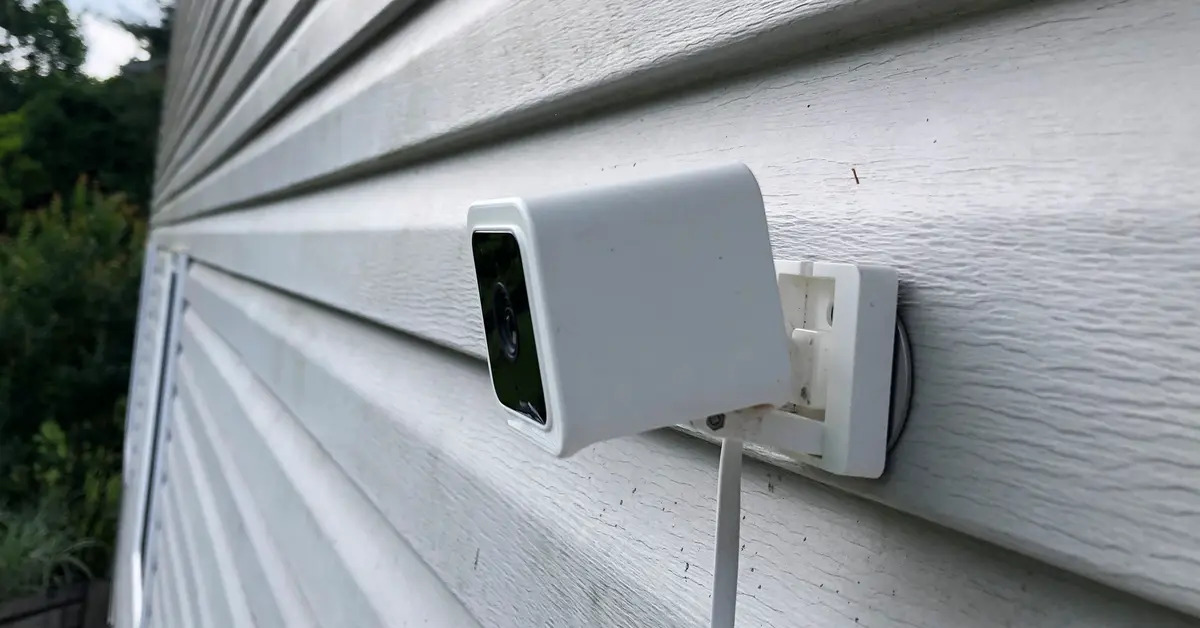
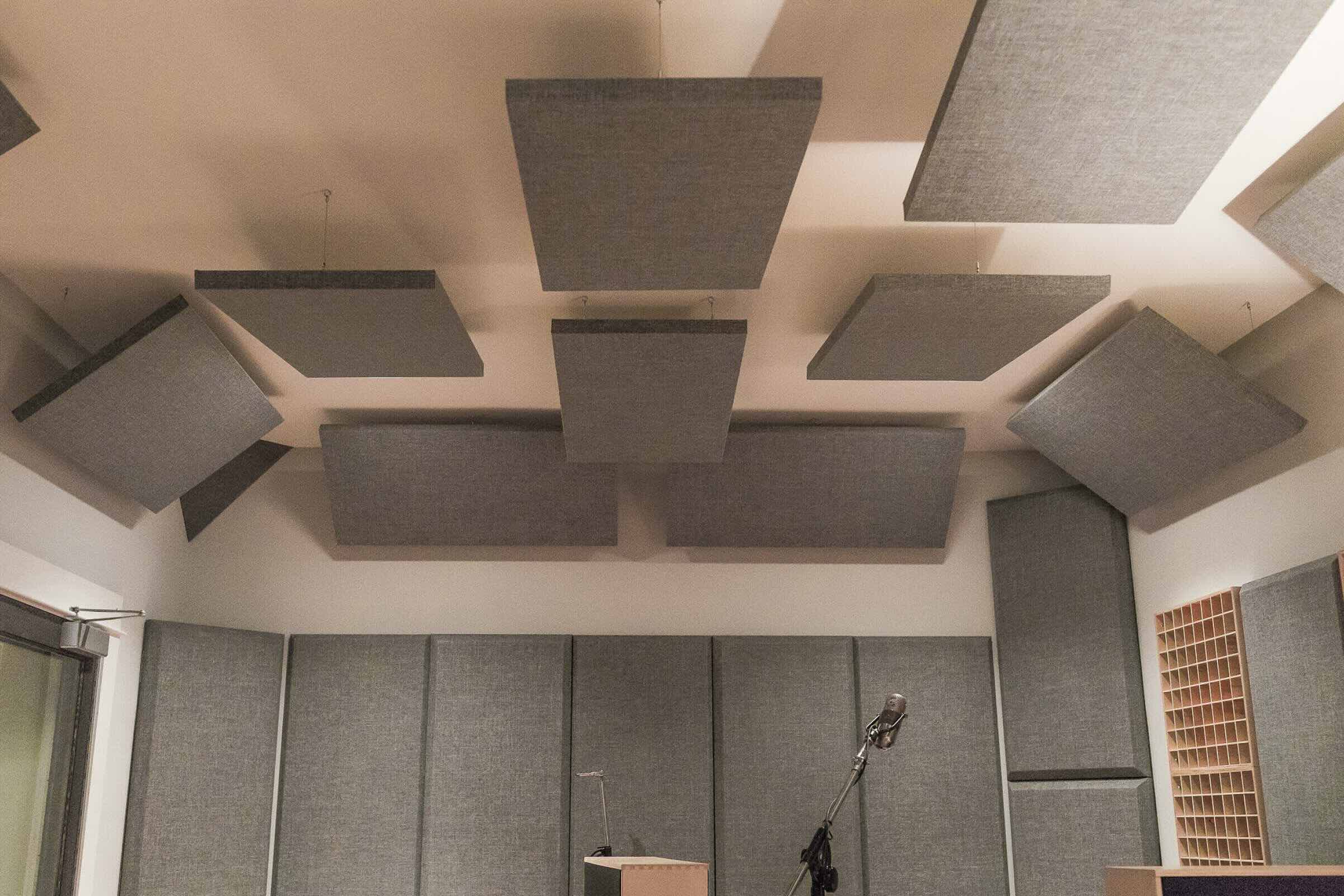
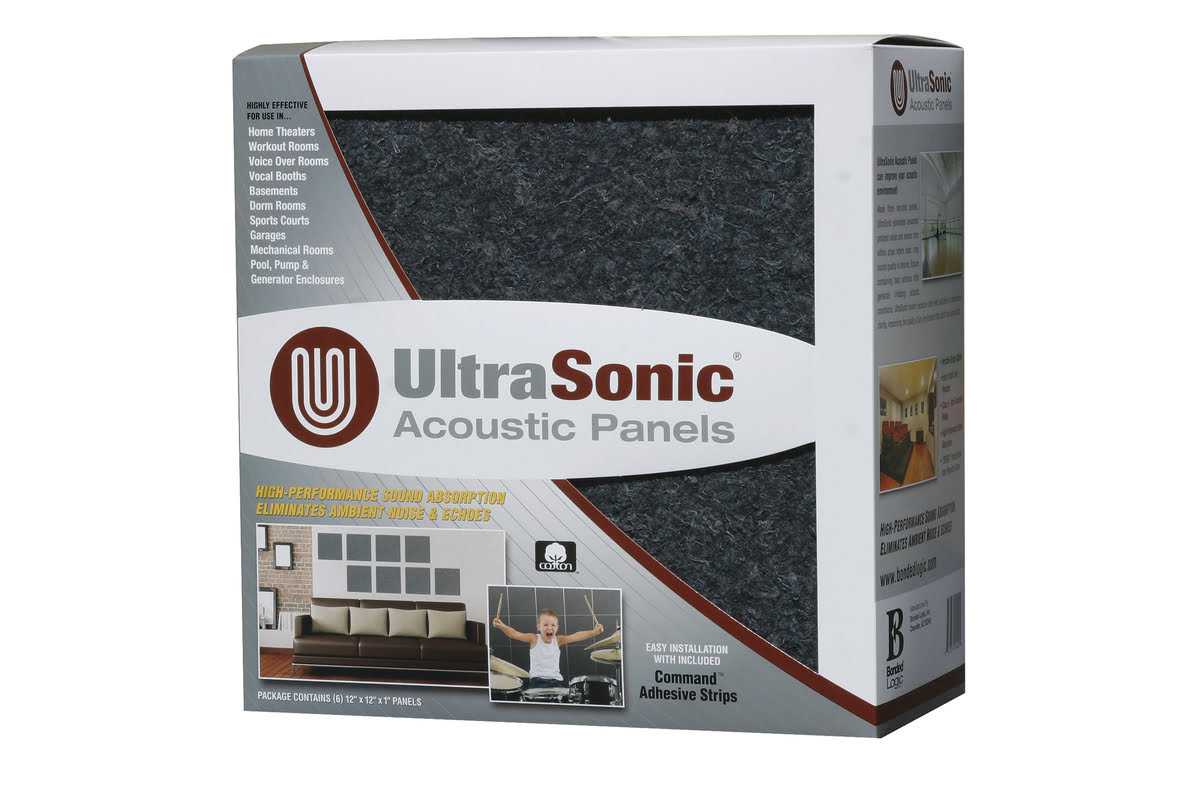
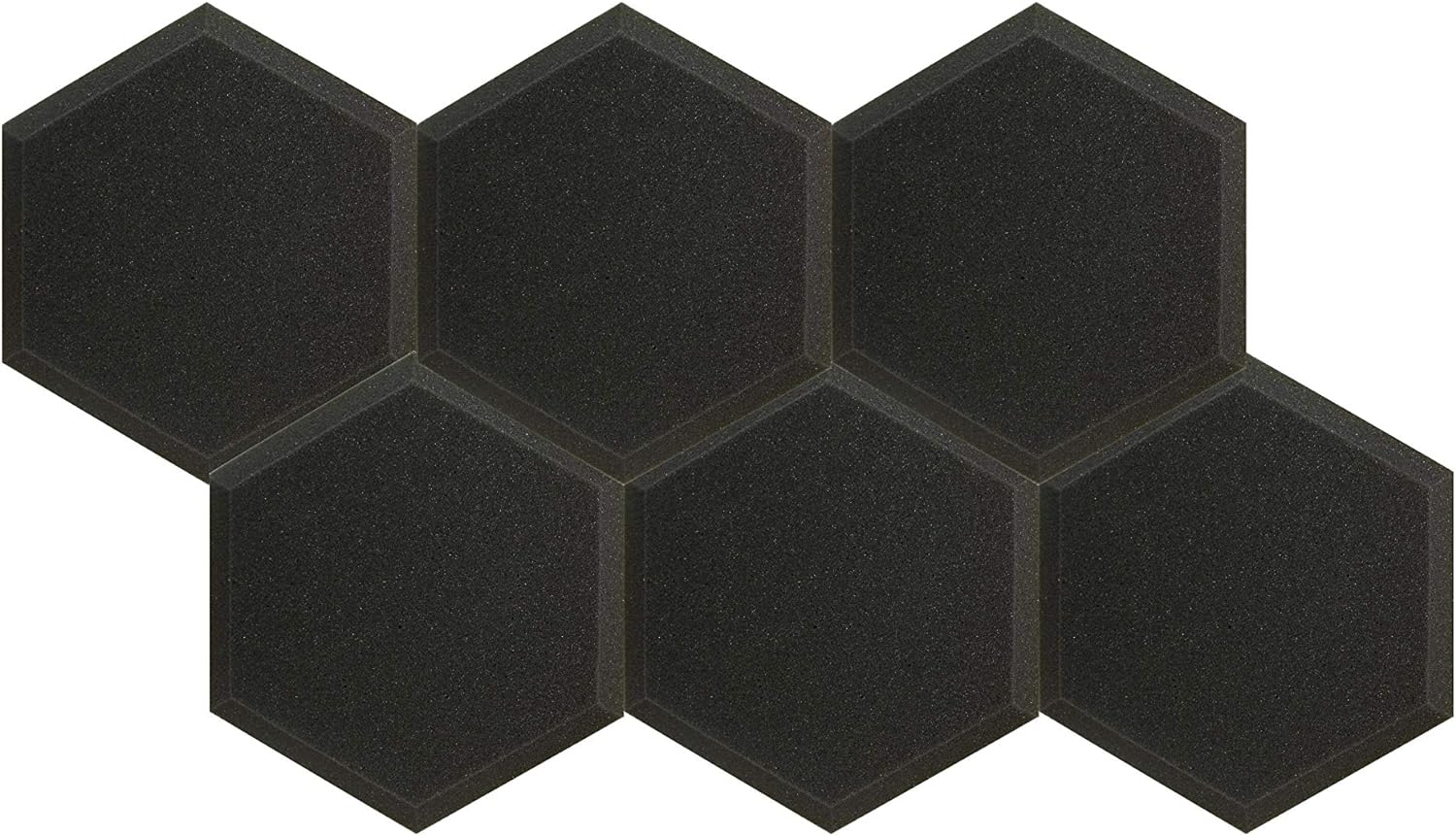


0 thoughts on “Where To Put Acoustic Panels In A Home Theater”